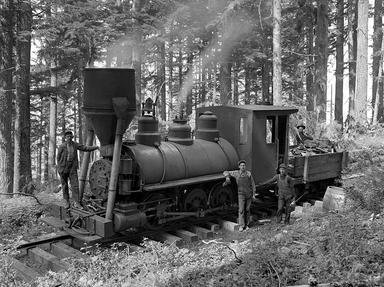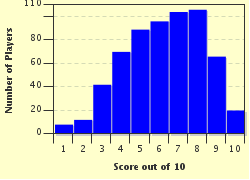Quiz Answer Key and Fun Facts
1. The origins of affirmative action in US history lie in the period soon after the Civil War, in an era typically referred to as Reconstruction. In a famous historical document, the Equal Protection Clause stated that: "No state shall ... deny to any person within its jurisdiction the equal protection of the laws." In which historical American text do those words famously appear?
2. The first time the term "affirmative action" was used in American politics was in Executive Order 10925, which acknowledged the creation of "affirmative action to ensure that all applicants are employed, and that employees are treated during employment, without regard to their race, creed, color, or national origin." Which president signed that order into law in 1961?
3. One of the most important texts relating to affirmative action in the twentieth century was the Civil Rights Act of 1964, signed into law by Lyndon B. Johnson on July 2, 1964. Title VII of the law deals most strongly with employer discrimination and affirmative action. According to the law, for which one of the following attributes was discrimination allowed in hiring prospective employees? (Hint: Remember, it was the 1960s in the United States)
4. In 1969, President Nixon signed a law that would force contractors to hire minority workers, one of the earliest affirmative action programs. The plan, which might have included programs designed to repair Independence Hall and the Liberty Bell, was named after which northeastern city?
5. In 1971, the Supreme Court case Griggs v. Duke Power Co. was argued. The power company had a history of segregating its positions so that African-Americans worked in its Labor department, and after the Civil Rights Act was passed, the company began using IQ tests or high school diplomas as criteria for employment in other, more prestigious departments. What did the court decide for the case?
6. Another significant Supreme Court cases in affirmative action history was settled in 1978. Allan Bakke's lawsuit protested reverse discrimination that prevented his acceptance into a prestigious institution. Which institution rejected Allan's application, despite his markedly better qualifications than other candidates?
7. To replace controversy over affirmative action based on race or ethnicity, some people in the early 21st century called for the elimination of physical characteristics as a basis for such a program. They argued that to eliminate disparate inequality in society, affirmative action should be based on which of the following?
8. In the late 20th century and early 21st, one of the strongest critics of affirmative action was a Supreme Court justice who argued that the program "lowers the bar" for minorities and therefore limits a feeling of achievement to high-strivers. Which second African-American Supreme Court justice vehemently argued against affirmative action in cases like Grutter v. Bollinger?
9. In 2009, the Supreme Court overturned part of its ruling in the Bakke case by its decision in Ricci v. DeStefano. Officials in New Haven, CT, had thrown out test scores for an examination to promote certain individuals to management positions, because African-Americans performed notably poorer on the test. In what public service job were Ricci and company denied a management position?
10. By 2010, five states had banned affirmative action in employment practices. Four of them were California, Nebraska, Florida, and Washington state. What was the fifth state on the list, notable for a large African-American population working in the automobile industry?
Source: Author
adams627
This quiz was reviewed by FunTrivia editor
bloomsby before going online.
Any errors found in FunTrivia content are routinely corrected through our feedback system.

